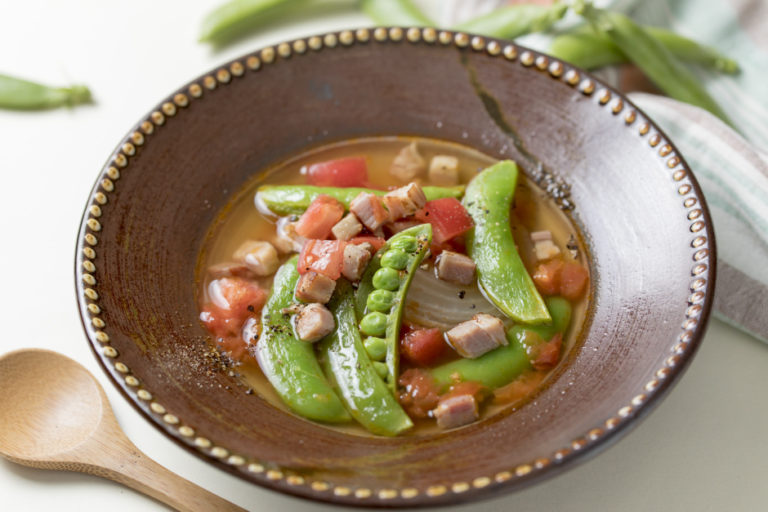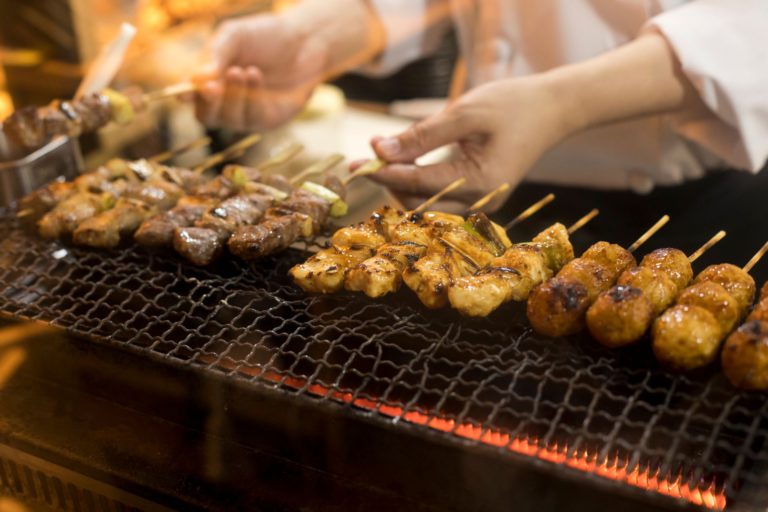Wisdom in Breeding and Processing in Mie for Refining Ingredients in their Peak Season
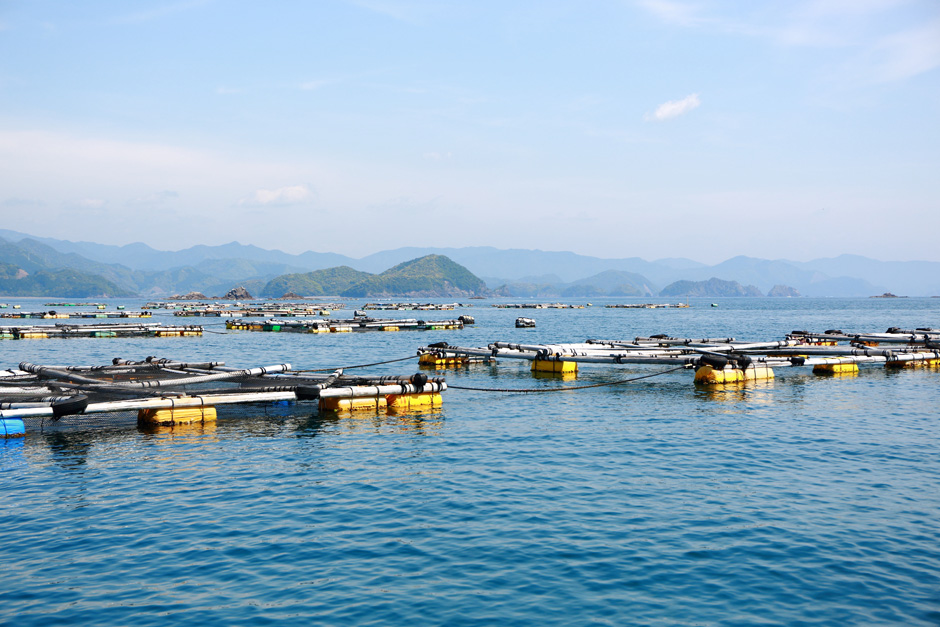
The fish farming industry has particularly moved in strides by taking advantage of ideal conditions in the surrounding sea. All parts of the prefecture are involved in breeding a wide variety of marine produce, from fish and shellfish including red sea breams, yellowtails, oysters and asari clams, to marine plants such as black nori and wakame seaweed.
Red sea breams bred as a delicious Ise specialty
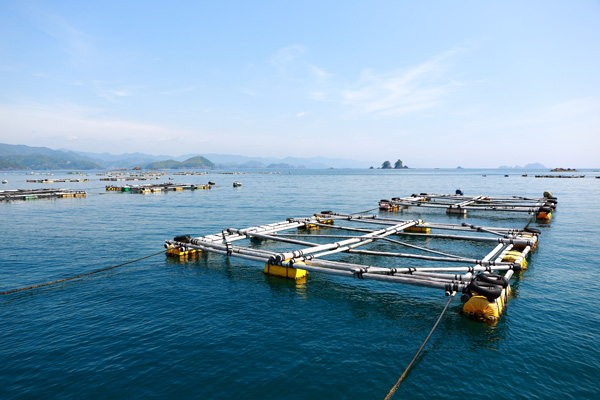
About one hour by car south of Ise City past an extended and irregular coastline stands Shiroura District, Kihoku Town in the south of Mie Prefecture. This district is famed as one of the best fisheries within the area and is involved in the farming of Ise red sea breams.
Raised with feed using specialties from Mie Prefecture to give high-quality meat with a refreshing taste, this brand-name fish breed boasts a stable market share and popularity both inside and outside of the prefecture.
“The sea nearby benefits from the Kuroshio current as well as water with high nutritional value flowing into the coast, making it possible to rear red sea breams in an environment that resembles their natural habitat.”
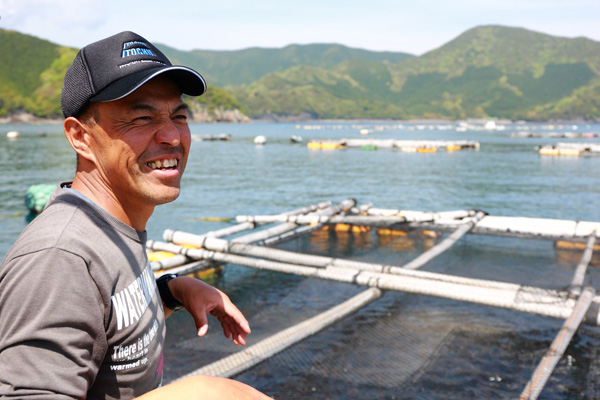
This is what Masahide Seko, one of the producers of Ise red sea breams, explained to us as he led us to a fish pen floating at a distance from the shore.
Young fish are released every May, and the fish are reared for two years before shipping. The red sea breams are moved between pens depending on their growth conditions and are carefully raised in the bountiful sea areas until they reach about 1.5 kg. Mr. Seko pays constant attention to the health of his fish and controls the quantity and frequency of feeding to keep them in peak condition.
He told us: “There are different weather conditions each day, with varying water temperatures and tide currents. I make estimates of the health of the fish while closely watching how they eat or move around. I change the quantity of their feed if they are not looking well, so I’m constantly thinking about how they are. This sort of work can only be done by people watching over the fish.”
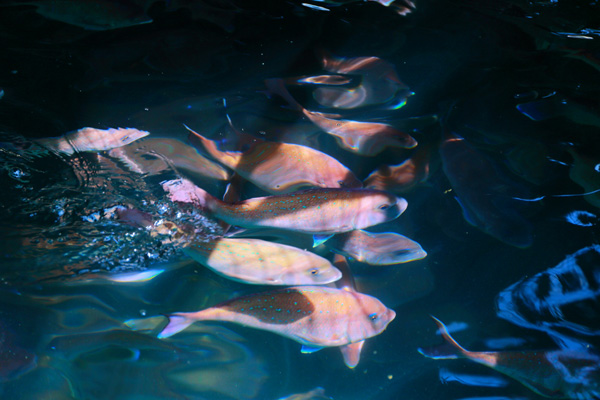
The most distinguishing feature of Ise red sea breams is in being fed a special mixture of food one month before shipping in addition to the feed used for rearing the fish. This special blend includes three powdered specialties from Mie Prefecture: marine plants, citrus fruits, and green tea leaves. The ingredients in this special feed greatly improve the quality in the meat of the fish, producing the iconic relish of the Ise red sea bream.
Citrus fruits reduce the distinctive smell of the fish, and polyphenols included in tea leaves help reduce excess oils which in turn help the meat keep for longer. Marine plants in the feed work to keep the fish healthy and also help to develop their muscles, creating a tender and chewy texture.
The Ise red sea bream brand was conceived of after the Tohoku earthquake and tsunami. The tsunami hit Mie Prefecture in Toba and across the coastline, dealing a heavy blow to red sea bream farmers.
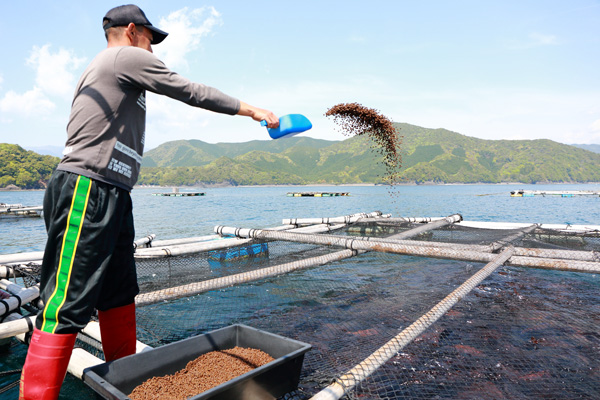
Many organizations, including Mie Gyoren (the Federation of Mie Prefecture Fishery Cooperatives), groups of producers in the region, and the Mie Prefectural government, all worked together in launching a project to revive the red sea bream farming industry. This project gave birth to the Ise red sea bream, a premium-quality brand which went against the impression of farmed red sea breams held until then.
Kazutaka Okuda from Mie Gyoren, who has been involved with the brand since its conception, told us: “After the earthquake, we were getting more desperate, thinking that we could not keep in business like this. Until now, each producer had been farming fish by their own discretion, but we decided that the Federation’s farmers’ division would need to standardize farming methods and control product quality to produce delicious red sea bream that would represent the region and that would not lose in price wars. We went through a trial-and-error process while keeping this idea firmly in mind, and eventually conceived of the Ise red sea bream.”
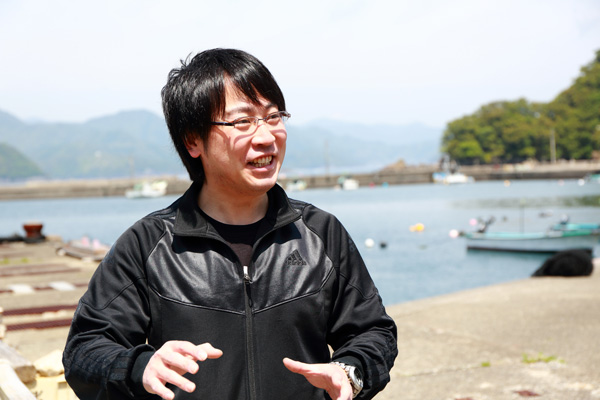
The project was originally started experimentally by one company, but gradually attracted supporters expanding to 14 companies in eight districts spanning across Minami-Ise Town, Taiki Town, Kihoku Town, and Owase City. The scale of the project has grown to the stage of building a system to ship Ise red sea bream throughout the year. With good ratings from consumers, members of the project are working to further expand the market to a wider region.
Enhancing the umami flavor of asari clams through maturing at ice-cold temperatures
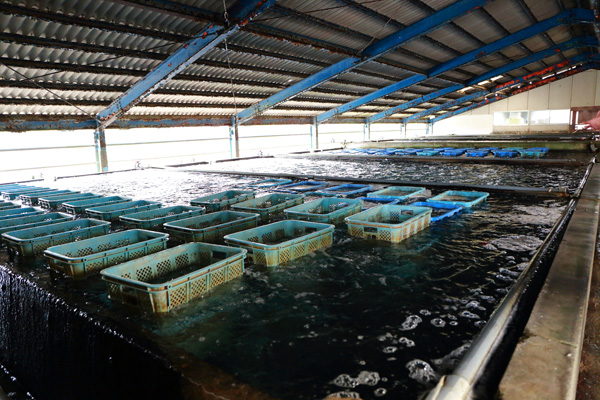
Asari clams are hand-picked by producers in the Ise region, featuring the Kiso Three Rivers and the pristine Miya River. The clams are then prepared for shipment in optimum conditions using some impressive processing techniques.
We visited Rikkasha, a company involved in the processing of asari clams with a factory facing Ise Bay to the north of Ise City.
The surrounding sea is supplied with nutrients from rivers and streams in the area, leading to an abundance of plankton. The asari clams feed on this plankton, and this area is famous for producing asari that develop quickly with a soft and chewy texture. Rikkasha applies original processing techniques to these exceptional clams harvested from the sea nearby, preparing them to be shipped across Japan while keeping freshness at a maximum.
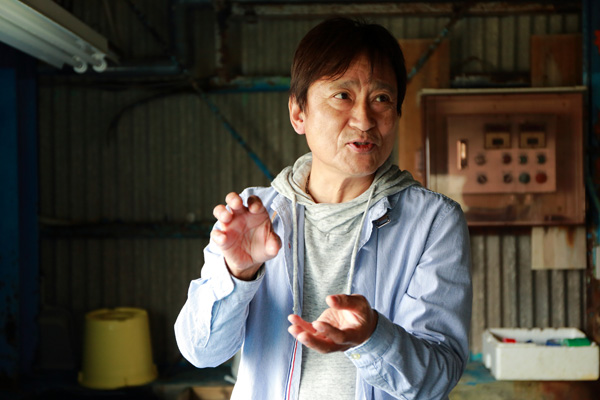
“Seawater is vital for asari clams.”
This is what Rikkasha’s president Takayoshi Hida told us as he first led us to a large pool used for purging sand from the clams. The asari clams are kept at a temperature close to that of the seabed by pouring underground seawater on them. Rikkasha conducts an exhaustive sand purging process by constantly circulating new seawater to the clams, which reduces stress in the clams and also removes bacteria.
“My parents used to run a facility for processing asari clams, so I grew up very familiar with the clams. The key issue is ensuring to treat the asari clams with a method that reproduces the environment that they were bred in as closely as possible. This is why I built the factory here, after a long search for a location where I could draw water directly from the sea.”

After undergoing sand purging, the clams are sorted by size and prepared for shipping. During this process, Rikkasha uses special machinery to cover the asari clams in finely powdered ice, resulting in something that looks like sherbet. In this way, the clams are kept at ice-cold temperatures (below 0°C but just above the temperature where the clams begin to freeze) which keep them as fresh as possible. Also, maturing the clams in this temperature range increases their succinic acid content, which give asari clams their umami flavor.
“At home, we always used to remove sand from asari clams, drain off the seawater and store them in the refrigerator without cooking them, then eat them in the following day. I knew from experience that asari clams taste even better when eaten in this way. I finally came to this processing method in the factory after a long period of trial and error in searching for a way to deliver these clams with added umami flavor to customers while still maintaining freshness.”
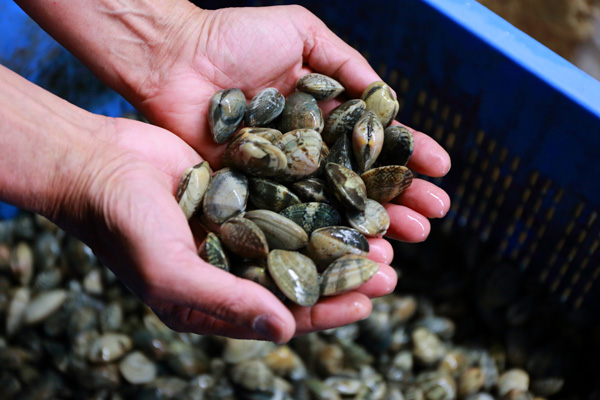
Mr. Hida tells us that it is the duty of anyone working in food processing to accurately understand their ingredients and to constantly think about how the goodness in these ingredients can be brought into the foreground through processing.
Without a doubt, the fishery industry in Ise has been sustained by people involved in breeding and processing like the three we met this time. These people have not simply rested on their laurels, leaving nature to do its work in an area enjoying optimal conditions, but instead have thought of ways to achieve even better flavor and have bravely undertaken new challenges to this end.
Ise red sea bream
Source:the Mie Prefecture Seawater Fish Farming Council (Division of Ise Red Sea Bream Farmers)
Peak Season
October—February
Tips
Fish with brightly-colored skin and clear eyes
Asari clams
Source:Rikkasha
Peak Season
March—June
Tips
Clams that are not too big
Clams with their shells closed tightly are ideal

